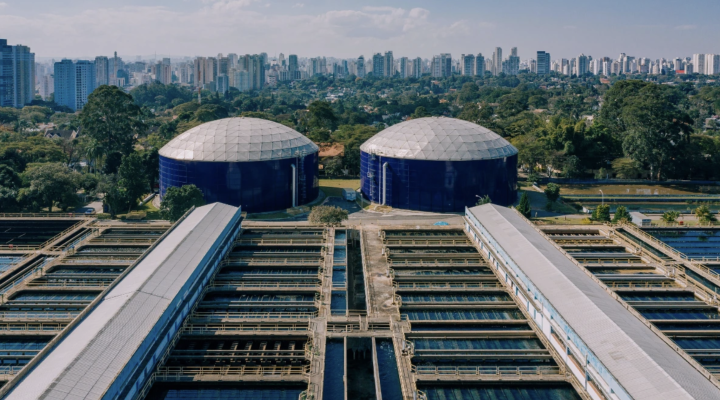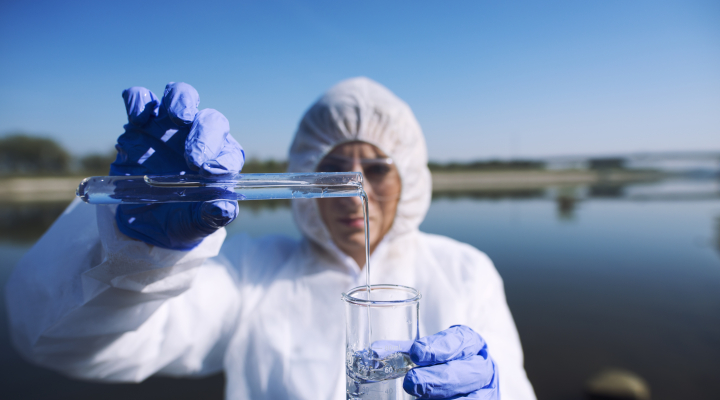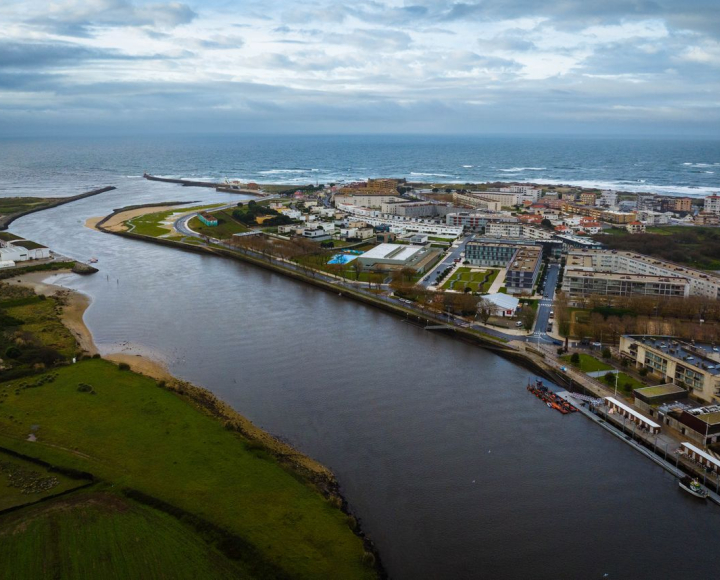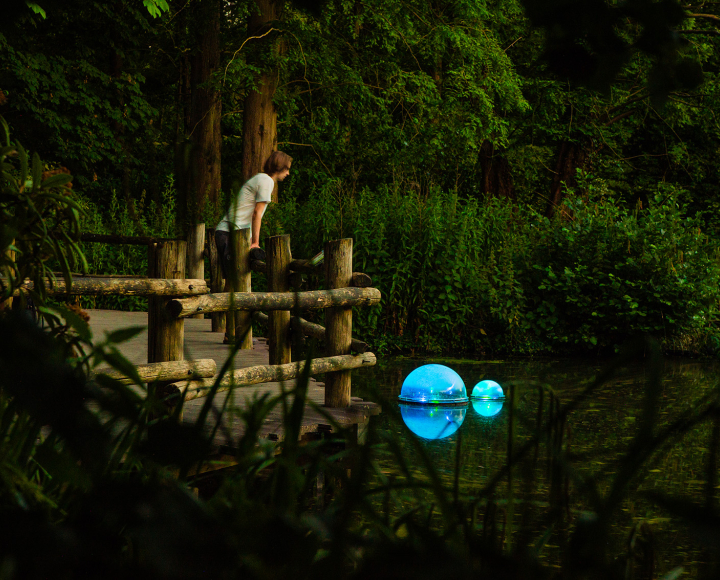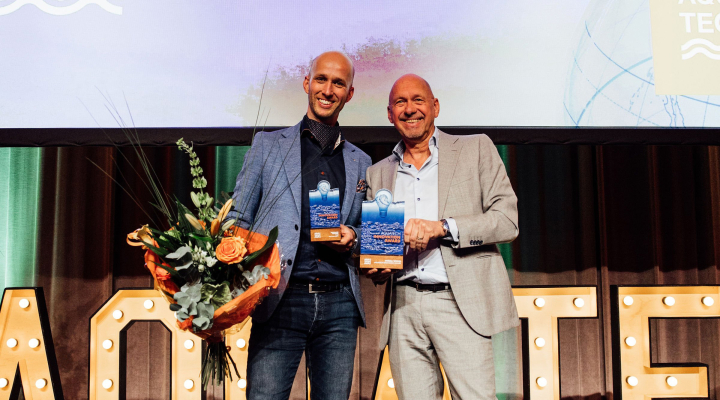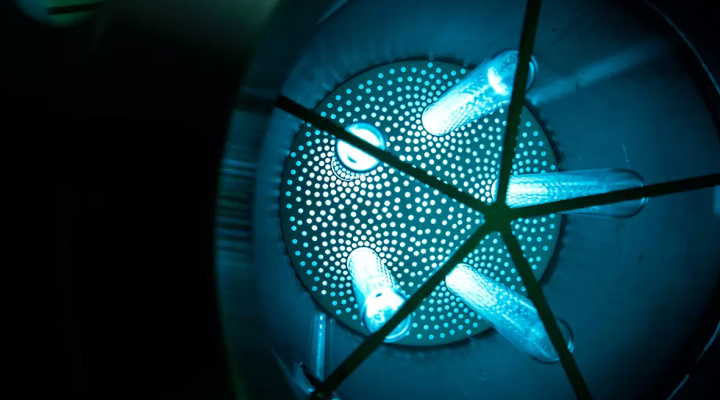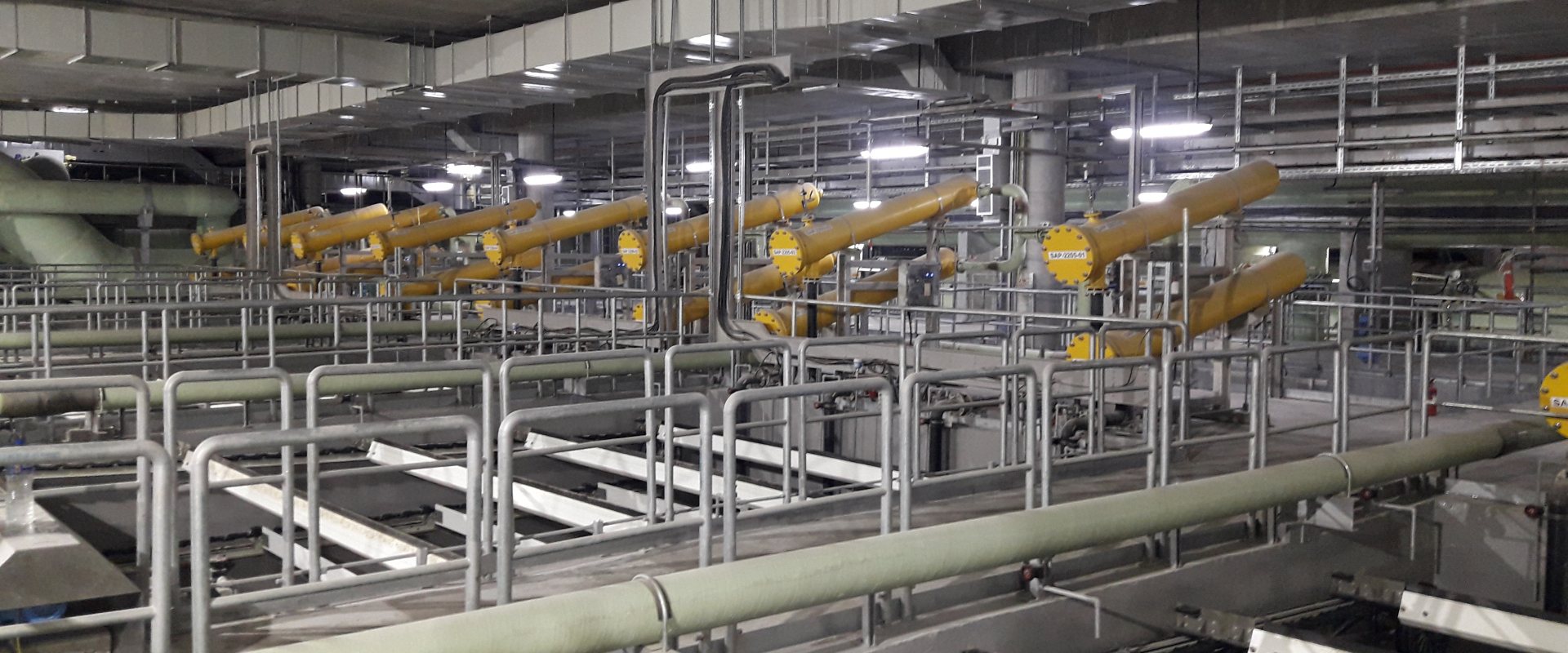
Singapore’s dual-mode desalination plant operational
Singapore’s fourth desalination plant, the Keppel Marina East Desalination Plant (KMEDP), has commenced commercial operation. Unique is its large-scale, dual-mode for the treatment of both freshwater from the Marina Bay Reservoir, or seawater.
For the pre-treatment of the seawater, the plant has eight Nijhuis high rate dissolved air flotation units for removal of solids.
DBOO-contract
The desalination plant is capable of producing 137,000 m3 of fresh drinking water per day. It has been built by Keppel Infrastructure under a Design, Build, Own and Operate (DBOO) arrangement with National Water Agency PUB.
Keppel will operate the plant for 25 years.
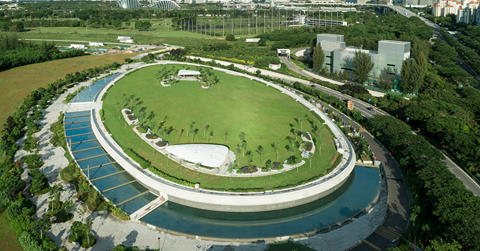

Two water sources: fresh and salt
Depending on weather conditions, the plant operator can choose to draw water from the sea to produce desalinated water. When it rains, the plant will utilise rainwater collected in the reservoir to produce potable water, which requires less energy and fewer steps in the treatment process compared to desalination.
The engineering design shows raw water intake from the sea and reservoir to a dual flow chamber, through pre-treatment using flocculation and dissolved air flotation, then ultrafiltration; a two-pass reverse osmosis system; and post-treatment using ultraviolet disinfection.
The pre-treatment consists of Dissolved air flotation and Ultrafiltration.
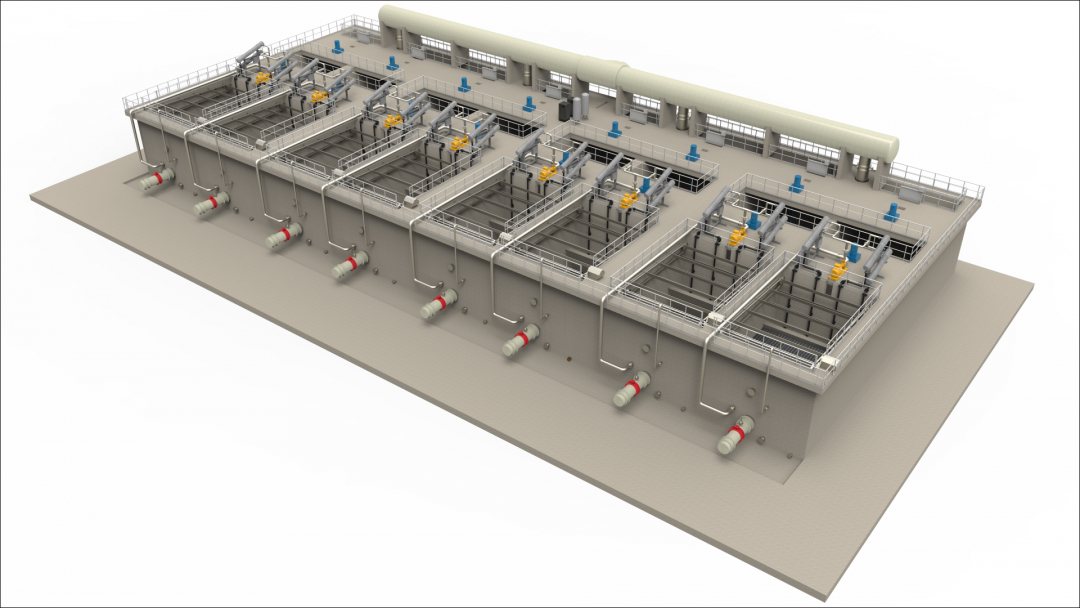

Solids removal
The Nijhuis concrete High Rate i-DAF units have plate packs that make particles/flocks float to the surface with the injection of air. The floating solids are automatically and continuously being removed by a scraper mechanism.
The plate packs designed by Nijhuis, increase the separation area and ensures that even the smallest flocks are removed from the intake water.
In comparison to classic DAF units without plate packs for desalination plants, a DAF unit with plate packs reduces footprint requirements by 30 to 60 percent.
Especially for the purification of sea and surface water above 800 m3/hr, pre-treatment solutions have to be compact, robust, stable and modular at the same time.
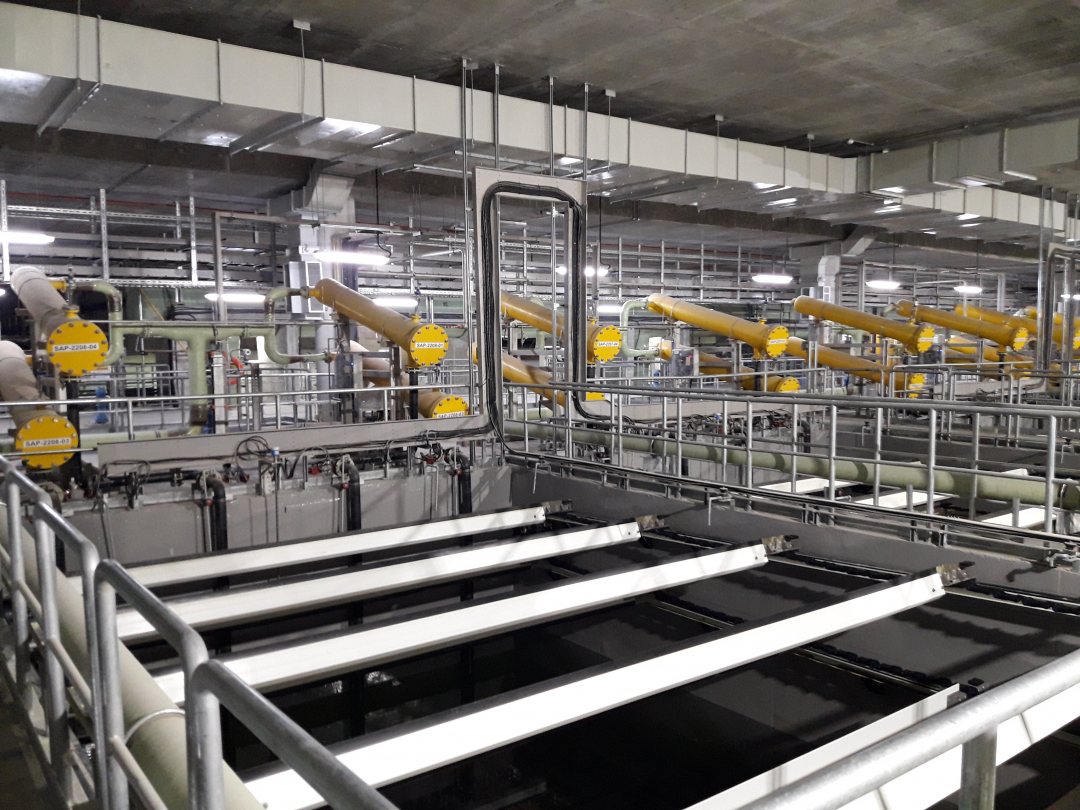

Innovative aeration system
The i-DAF system is based on the innovative i-Aeration system which forms fine air bubbles for the separation of particles ensured by the patented non-clogging depressurization nozzles. Micro air bubbles are dosed in and before the inlet construction of the DAF unit.
In the i-Aeration system, a part of the treated water is brought under a pressure of 5 bar, making air dissolve in water. By reducing the pressure down to 1 bar, small air bubbles of 20 to 60 micron are formed, which quickly stick to the impurities in the water and cause a high degree of clarification.
Another Nijhuis High Rate i-DAF is currently being designed, engineered and manufactured for a desalination plant in Chile.




